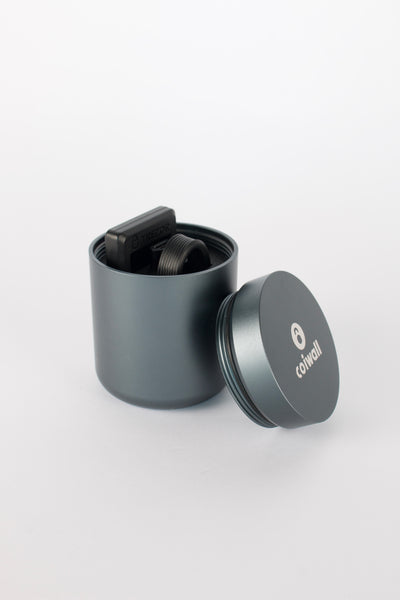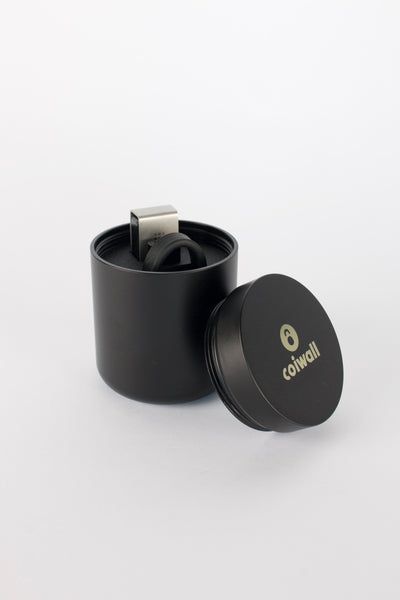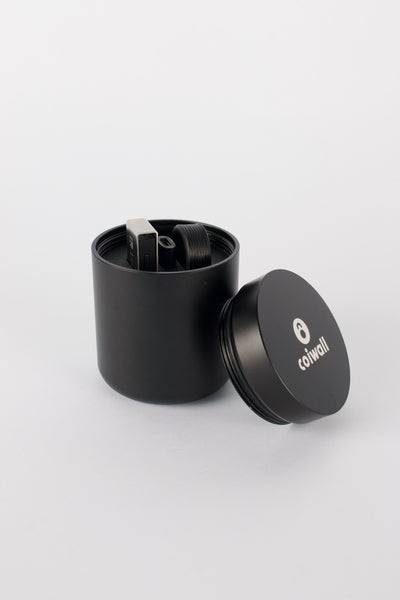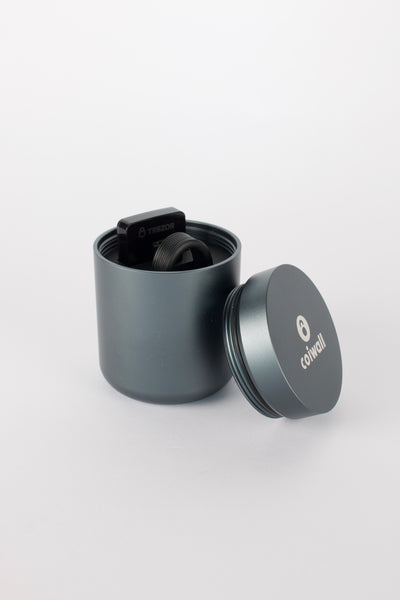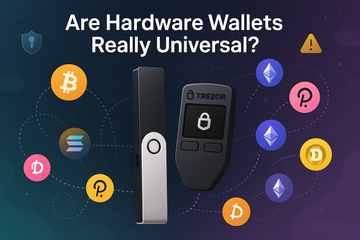You’ve probably caught yourself scrolling crypto forums or pinging Slack channels with that one persistent question: “Does my hardware wallet actually work with all these different blockchains?” If so, you’re in good company. Despite the techy hype, this is one of those everyday worries that quietly nag at pretty much everyone in crypto — whether you’re a day-one Ether hodler, swapping obscure coins at midnight, or just starting out and wondering whether you can keep everything safe in one place.
So, What’s It Mean for a Wallet to Support a Blockchain?
Let’s try to cut through the jargon for a second. When people toss around words like “compatibility” in crypto, what they’re really talking about is whether your hardware wallet (think Ledger Nano or Trezor) can store, sign for, and send transactions on a certain chain. Sounds simple, right? But scratch the surface, and you’ll find not every chain plays nice with every cold wallet — even though you’d think plugging in a Trezor would work the same, whether you’re clutching Litecoin, Solana, Bitcoin, or something even more niche, like Kusama. Spoiler: It’s not always that straightforward.
Why All Hardware Wallets Aren’t Created Equal
Here’s the thing: There’s a weird balancing act at play. Hardware wallets must prioritize security above all else — that’s their main reason for existing. But with new chains and tokens popping up like mushrooms after rain (hello zk-rollup, you mysterious beast), keeping up without compromising safety can be tricky. And sometimes, even the big wallet players (yes, Ledger and Trezor, I see you) face a resource crunch that slows down updates.
Most wallets settle for supporting top chains out of the box:
- Bitcoin (BTC)
- Ethereum (ETH) and most ERC-20 tokens
- Litecoin (LTC)
- Dogecoin (DOGE) — believe it or not
Native Support Vs. Third-Party Juggling: What’s the Catch?
It’s tempting to think that if your hardware wallet doesn’t have a little logo stamped on its website, you’re stuck. But — here’s where it gets a bit messy — sometimes, third-party wallets or browser extensions stretch your options. For instance:
- Trezor natively supports Bitcoin, Ethereum, and a handful of others, but for more adventurous chains, you’ll probably need something like Trezor Suite or to patch into MetaMask for EVM-based tokens.
- Ledger has a broader range, thanks to its more frequently updated firmware. Yet, even then, you’ll catch yourself fiddling with Ledger Live plugins or sending tokens over via MyEtherWallet or similar interfaces. (And honestly, who hasn’t stared nervously at a browser tab during the whole process?)
Bottom line: native support nearly always means a smoother, safer ride. But you can expand functionality via third-party tools — though you trade a bit of seamlessness and, sometimes, peace of mind.
Regional Ecosystems and Niche Chains: Where Compatibility Can Stumble
Let’s get real for a second — crypto isn’t just Bitcoin and Ethereum. Walk through any Telegram group based in Asia, and you’ll hear about tokens and chains Europeans haven’t even seen yet. Same deal in LatAm or parts of Africa, where local blockchains (think Celo or Chia) bloom and fade with alarming speed.
If you’re storing assets on these less mainstream chains, hardware wallet support gets even patchier. For example, Solana — which saw wild growth in 2023 and 2024 — only found real traction with hardware wallets after months of community badgering (and frankly, it’s still not plug-and-play everywhere). Even now, some coins require lengthy tutorials, obscure software bridges, or hair-raising experimentations with custom firmware.
Is it ideal? Hardly. But does it reflect the stubbornly inventive side of crypto culture? Absolutely.
Chain-Specific Quirks: When Standards Refuse to Standardize
One reason for all this friction, if you’ll humor my little tangent here, comes down to standards. Bitcoin and Ethereum pretty much wrote their own playbook, and most other chains have either borrowed — or wandered way off the rails.
Ethereum and ERC-20 tokens? Neat, somewhat standardized. But then you throw in Polkadot’s .json address format, Cardano’s ever-morphing wallet requirements, or Tezos with its baking and delegation oddities… it gets tricky fast. Not to mention Cosmos with its hub-and-spoke universe, where one hardware wallet “integration” could mean a dozen semi-compatible chains sprouting overnight. Sometimes, it’s less like managing assets in a portfolio, and more like herding cats — which, honestly, is half the fun if you enjoy chaos theory in action.
Security Over Speed — and Why That’s Good (Mostly)
You might get impatient, watching as newly hyped chains dither on hardware wallet support, but here’s where it pays to listen to the grown-ups in the room. Hardware wallet vendors take their sweet time for a reason: one tiny slip, and your funds could be lost — or, worse, siphoned by some bug lurking in rushed-out code.
Ledger especially is known for its slow, almost infuriatingly cautious approach to security audits and firmware releases. While that sometimes means missing the first wave of a new chain’s hype, it also means not waking up to find your freshly minted meme token is gone. Trezor, on the flip side, has relied on open-source community improvements — leading to a slightly different rhythm of updates and support (sometimes fast, sometimes glacial, depending on who’s coding in Prague that week).
If you think crypto is risky, try running firmware that someone forked last Tuesday with no proper QA process. See? Suddenly, the slow and steady approach makes a lot more sense.
Real-World Frustrations — And Smart Workarounds
Ever wandered down the Reddit rabbit hole reading horror stories about unsupported coins? You’re not alone. But the crypto world is nothing if not inventive, and there are a few smart ways to skate around most supported-token headaches:
- Stay plugged into official forums and GitHub pages — wallet manufacturers drop update breadcrumbs all the time.
- Join local Telegram or Discord groups. Someone, somewhere, has figured out the custom bridge or firmware tweak you’re looking for — you just need to ask. (Nicely.)
- Never jump at every new chain promise. Wait for a version or two; early adopters sometimes end up beta testing for everyone else, and not always by choice.
And here’s a gentle reminder, because the temptation is real: never sacrifice security for novelty. If you have to patch together two browser extensions and some guy’s GitHub script — maybe wait a week. Or better yet, advocate for more official support. As the saying goes (at least in my favorite corner of Twitter): “Friends don’t let friends YOLO their seed phrases.”
So, Are Hardware Wallets Truly Universal? (And Does It Matter?)
At the risk of sounding like a fence-sitter: It’s complicated. Most of the time, Ledger, Trezor, and their competitors march in step with the biggest, busiest blockchains. If you’re not trading obscure tokens every week, you’re golden. But for die-hard DeFi explorers and regional trendsetters, there’s still a lot of square-peg-round-hole hacking required.
Wouldn’t it be easier if everything just worked out of the box? Sure — but then again, the wild, unpredictable edge of crypto is why most of us got interested in the first place. The tech keeps moving, and, for better or worse, hardware wallets are still playing catch-up. Maybe they always will.
Until then, stay curious, double-check your supported assets, and accept that sometimes even the most universal wallet comes with a fine print — and that’s not always a bad thing. After all, who wants crypto to get boring?

